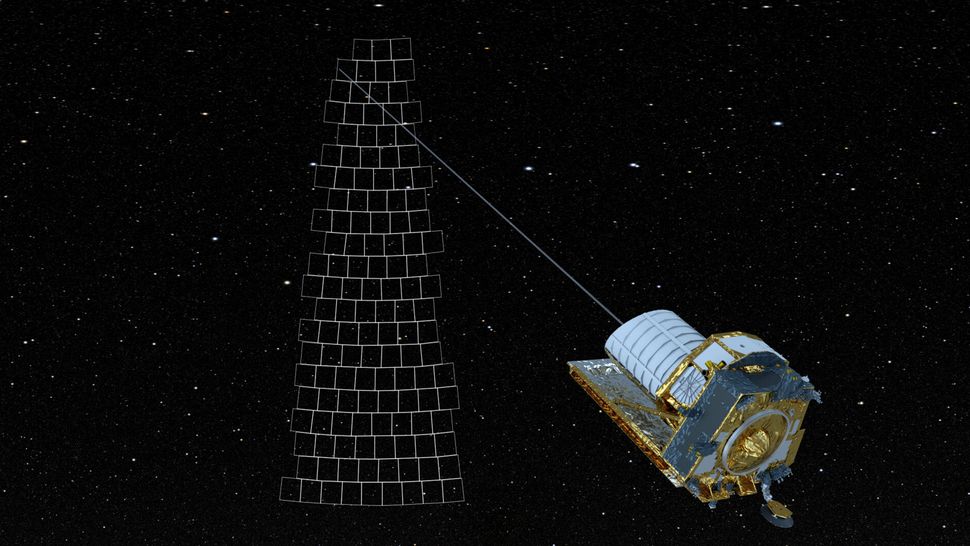Key t akeaways:
- A new theory suggests our universe’s accelerated expansion may be driven by collisions and mergers with “baby” parallel universes, rather than mysterious dark energy.
- The study proposes that universe mergers could explain expansion more accurately than the Standard Cosmological Model, which relies on the elusive dark energy.
- The theory suggests early rapid expansion, or inflation, might have been caused by our universe being absorbed by a larger “parent” universe, eliminating the need for a hypothetical inflaton field.
- Researchers’ calculations based on universe mergers align more closely with cosmic expansion observations compared to traditional models.
- Future data from telescopes like Euclid and James Webb could determine whether this universe-merging model or the dark energy hypothesis best explains the universe’s expansion.
____________
Our universe might be growing by absorbing smaller “baby” universes, not just dark energy.

The accelerating expansion of the universe is one of the most baffling mysteries in modern cosmology. While current theories suggest this expansion is driven by dark energy, a new study offers a different explanation. Researchers now propose that the universe could be expanding because it continually merges with smaller, parallel “baby” universes.
This groundbreaking theory, published in the Journal of Cosmology and Astroparticle Physics, suggests that these cosmic mergers might better explain the observed expansion than the current Standard Cosmological Model, which relies on the hypothetical existence of dark energy. The idea challenges the mainstream understanding of cosmic evolution and proposes an intriguing alternative to explain the universe’s rapid growth.
Absorbing Baby Universes: A New Cosmic Insight
The concept of parallel universes interacting with ours has been explored before, but the new study takes this idea further by offering a mathematical model to describe these interactions. According to Jan Ambjørn, the lead study author from the University of Copenhagen, their model shows that the universe’s volume could increase through collisions with other universes, a phenomenon that our instruments might interpret as cosmic expansion.
By incorporating these hypothetical mergers into their calculations, the scientists found that their model better fits observational data than traditional models based on dark energy. This raises the possibility that our universe’s expansion might not be solely driven by an elusive force but rather by the ongoing assimilation of neighboring universes.
Rethinking Cosmic Inflation
The new theory also addresses the long-standing problem of cosmic inflation—the rapid expansion that occurred in the first moments after the Big Bang. Traditionally, scientists have explained this early expansion using the idea of an “inflaton,” a theoretical field that caused the universe to expand at an unprecedented rate.

However, the authors of the new study suggest a different cause. They propose that our universe could have been absorbed by a much larger “parent” universe shortly after its formation, triggering the rapid early expansion. This scenario would eliminate the need for an inflaton field and offer an alternative explanation for inflation.
Once the initial expansion took place, the universe would have continued to grow by merging with other smaller “baby” universes over time, according to the researchers.
Future Observations and Testing
Despite the appeal of this new theory, it still requires observational data to validate its claims. Scientists are currently gathering detailed measurements of the cosmic microwave background—the faint afterglow of the Big Bang—to study the universe’s expansion more closely.
According to Yoshiyuki Watabiki, a physicist from the Tokyo Institute of Technology and co-author of the study, future observations from the James Webb Space Telescope and the Euclid mission could provide crucial data to determine which model of the universe’s expansion—dark energy or baby universe mergers—best fits reality.
In the meantime, this new theory opens up exciting possibilities for understanding how our universe evolves and continues to grow in ways that were previously unimaginable.





Top Reinigungsfirma in München – schnell, gründlich und preiswert